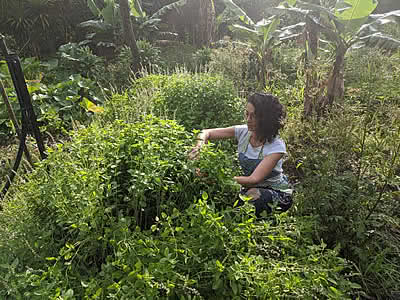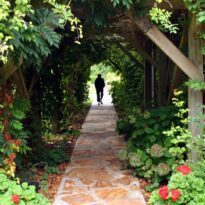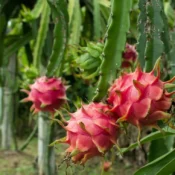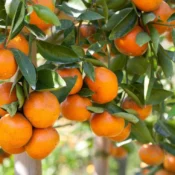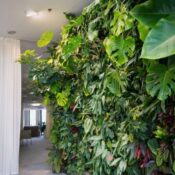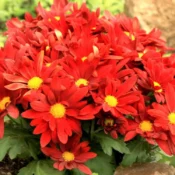
After an inspiring live chat with Raquel Patro about Biodiverse Gardens, I decided to write this article to share how amazing it can be to bring biodiversity into your home garden. We live in a country with the greatest biodiversity in the world! The variety of biomes in Brazil reflects an enormous richness of flora and fauna, which translates into more than 20% of the total number of species on Earth. So why do we almost always opt for the same plants in landscaping, many of which are exotic?
This stems from various issues, demonstrating our desire as humans to control nature. But what I really want is to encourage you to let go of the perfectly manicured garden with the flawless lawn and make room for a productive, biodiverse, and functional garden: where ornamental plants, herbs, vegetables, fruit trees, medicinal plants, and unconventional edible plants (PANC) can coexist in perfect harmony, bringing color, flavor, beauty, and diverse aromas to your life.
Biome and Spontaneous Plants
The first step for anyone wishing to have a biodiverse garden is to observe the vocation of your backyard and the biome in which you reside. A biome is a set of plant and animal life that encompasses all the biodiversity of a particular region. In Brazil, there are five biomes: the Amazon Rainforest, the Cerrado, the Atlantic Forest, the Caatinga, and the Pampas, and in all of these biomes, it is estimated that approximately 40% of endemic plants grow – endemic species are those that occur only in a specific area or geographic region.
In practice, this means that in your pots and flower beds, the spontaneous plants from your region are probably already growing (or at least trying to grow) in your backyard – they are often neglected, called weeds, brush, or pests, and we pull them out without mercy, not knowing their purpose and without understanding how they can be useful to the ecosystem in our home garden.
These spontaneous plants can be managed to bring biodiversity to your garden – many of them are medicinal and edible, rich in nutrients and phytoactive compounds that are hard to access by only eating lettuce and arugula. Unconventional edible plants (PANC) manifest themselves all the time everywhere: vacant lots, backyards, vegetable gardens, orchards, pots, sidewalk cracks… allowing them to manifest is bringing biodiversity to your garden and our daily diet.
Another benefit of maintaining biodiversity in the garden is the natural protection it provides against pests and diseases. Pests dislike gardens with a variety of species, scents, and colors. They prefer monoculture, which means flower beds and other planting areas that contain only one or a few species. Want to protect your plants from unwanted pests? Take inspiration from your grandmother’s garden: diverse, colorful, full of medicinal and aromatic plants.
Seasonality in the Garden
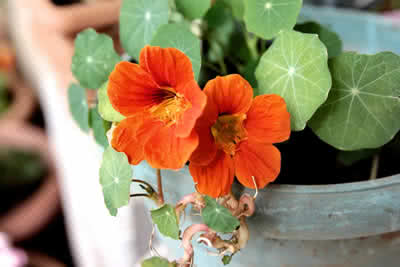
Biodiversity also encompasses the seasonality of nature and the plants that grow at certain times of the year. These plants come and go, allowing us to eat seasonally. They sprout from time to time, seed, die, and return next year. This is the case with purslane, purple amaranth, pigweed, lamb’s-quarters, Japanese parsley, jabuticaba, pennywort, Brazilian arrowroot, pennyroyal, jewelweed, turmeric, jambu, baccharis, cockscomb, arrowroot, Indian cress, gervão-azul, and many more.
You can sow seasonal plants. Nasturtium (Tropaeolum majus), for example, looks wonderful in the garden. It’s an annual herb that can be used as a climber or trailing plant. Just plant it once, and it will grow for a long time in pots, containers, and flower beds. Nasturtium is a perennial plant, edible from root to flower, which prefers the cooler seasons of the year: autumn, winter, and spring. In summer, it may disappear, and when you least expect it, it reappears with the cold days – beautiful, lush, with flowers ranging from red, orange, and yellow. The flowers taste like watercress and have a mild spiciness.
Ornamental Plants
It’s time to get to know native plants and prefer species that belong to the biome where your garden is located. As we discussed in the live chat, Brazil has the greatest biodiversity on the planet. Imagine how many varieties of native plants perfectly fit any type of landscaping. However, what we often see are gardens full of exotic plants or always the same species, which often results in a sterile, high-maintenance, and monotonous garden.
Ornamental plants, in addition to bringing beauty to landscaping, can go further. Here are suggestions of native and exotic plants that will thrive in your garden, as all of them have edible parts: hibiscus, dahlias, camellia, pansies, some varieties of daylilies, moss roses, ora-pro-nobis, taioba, white ginger lily, impatiens, turmeric, jambu, carqueja, celosia, arrowroot, peixinho da horta, purslane, blue vervain, and so on. Remember: before eating from your garden, it’s important to research or consult a PANC expert.
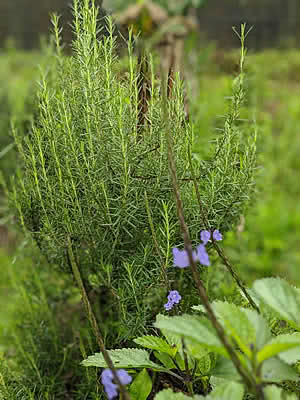
Vegetable Garden and Orchard
If you have a backyard at home, you have a treasure! Instead of grass, plant food. There are countless varieties of native Brazilian fruit trees: guava, surinam cherry, jabuticaba, inga, passion fruit, pindo palm, guava berry, cambui, caja, cashew, açaí, acerola… Create a vegetable garden with your favorite herbs and vegetables, and allow the PANC to thrive. In addition to saving money at the market, you ensure the origin of these foods – food security.
The herb spiral is a great way to have a wide variety of herbs and vegetables in a small space. It also gives a beautiful and rustic aesthetic to your garden inspired by Permaculture.
The biodiverse garden is an oasis for pollinators, and if located in urban areas, it will help butterflies, hummingbirds, bees, and birds find food in the city. It’s pure joy for all the creatures that inhabit it.
Bringing biodiversity close to us means experiencing a new form of gardening, and not just that: it contributes to a more ecological, conscious, and balanced world.

